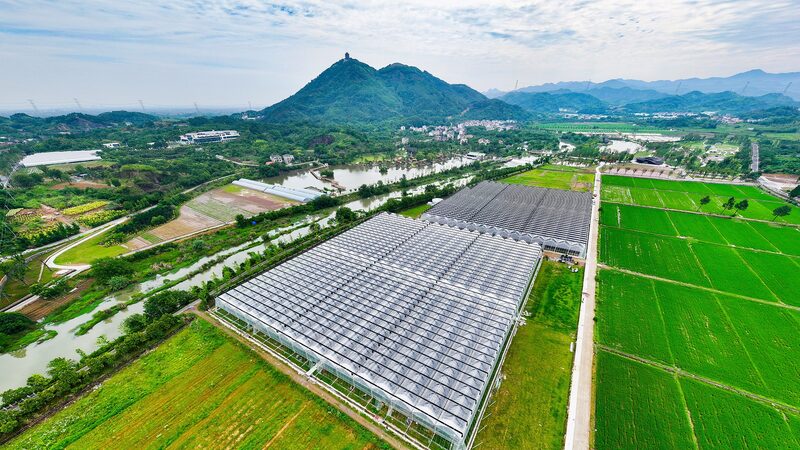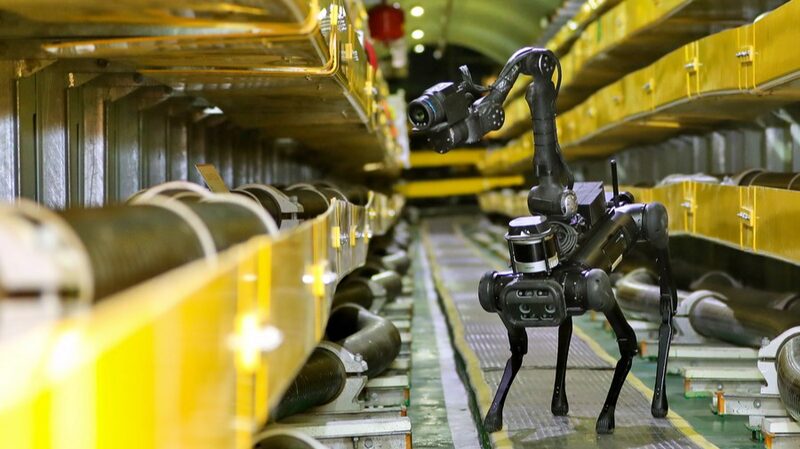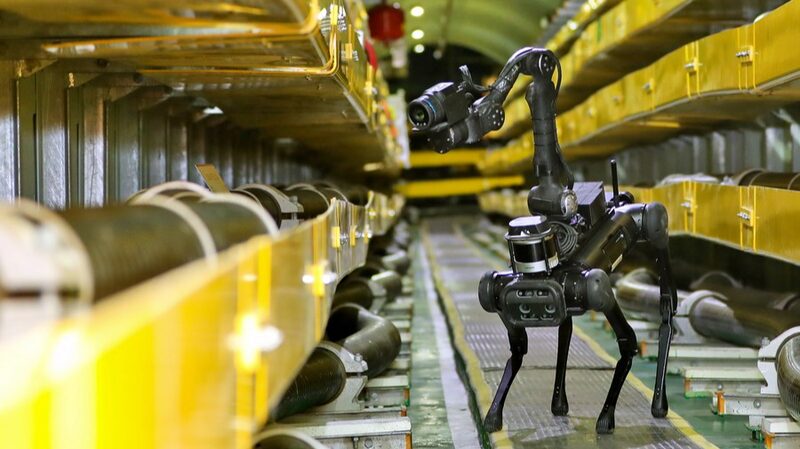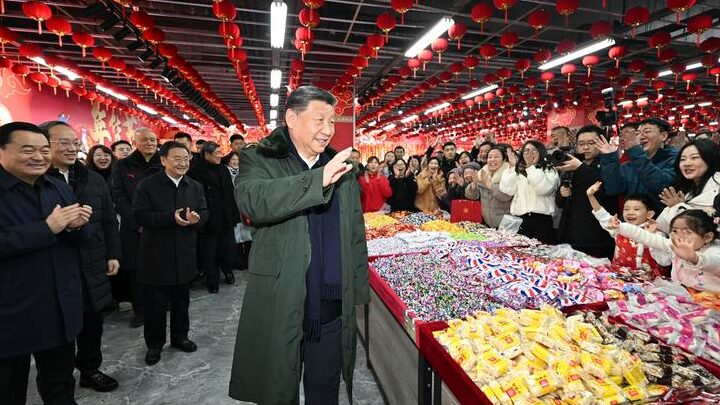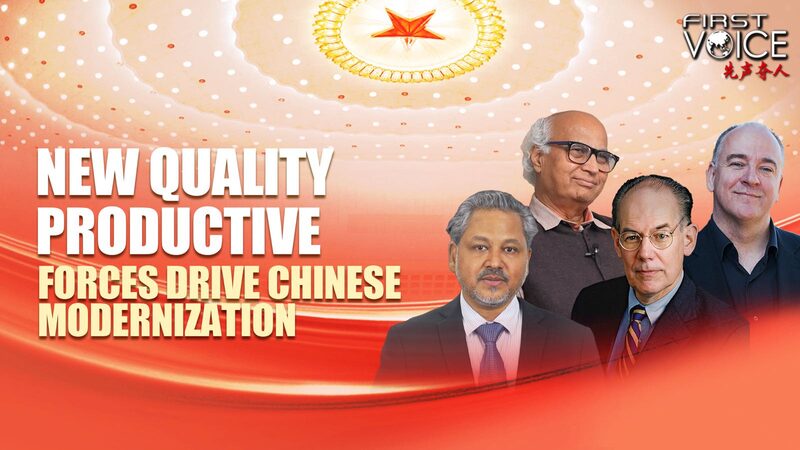In 2023, during his inspection tour of northeast China—a vital agricultural and industrial heartland—Chinese President Xi Jinping introduced the concept of \"new quality productive forces.\" This vision carries far-reaching implications for the nation's future. As the global economy undergoes profound adjustments and China advances its industrial upgrading, there's an urgent need to break free from traditional productive constraints. By driving industrial transformation through scientific and technological innovation, China aims to reshape its development model and stimulate new momentum for growth.
On January 31, 2024, Xi reiterated the importance of this initiative, emphasizing that China should accelerate the development of new quality productive forces to promote high-quality development. From academic circles to policymaking arenas, corporate strategies to industrial practices, the influence of these forces is becoming increasingly evident, reshaping the socioeconomic landscape across the nation.
These new quality productive forces represent an advanced type of productivity. They break away from traditional economic growth models, with innovation taking the helm. Characterized by high technology, high efficiency, and high quality, they embody the new development philosophy proposed by Xi and chart a progressive path for China's growth in the new era.
The emergence of these forces is both a natural progression of China's longstanding economic practices and a response to shifts in the global development paradigm. They bring about immense opportunities but also present significant challenges. Since the concept's implementation, China has witnessed a booming scientific and technological revolution and industrial transformation. Notable achievements have been made in cutting-edge fields such as artificial intelligence, green energy, and quantum communication.
China's comprehensive implementation of an innovation-driven strategy has led to remarkable progress on its journey toward becoming an innovative nation. The country's growing scientific and technological prowess, coupled with its vast market and continually improving industrial systems, provides a strong foundation for the development of new quality productive forces.
According to the Global Innovation Index 2024 released by the World Intellectual Property Organization, China stands as the only middle-income economy among the top 30. Ranked 11th, it boasts three of the world's five major science and technology clusters and is among the economies with the fastest-growing innovative capabilities over the past decade.
However, challenges persist. As globalization deepens, innovation in science and technology has become a focal point of international competition. The global industrial and supply chain landscape is undergoing unprecedented changes, making the task of enhancing international competitiveness a complex issue for China.
Reference(s):
cgtn.com

